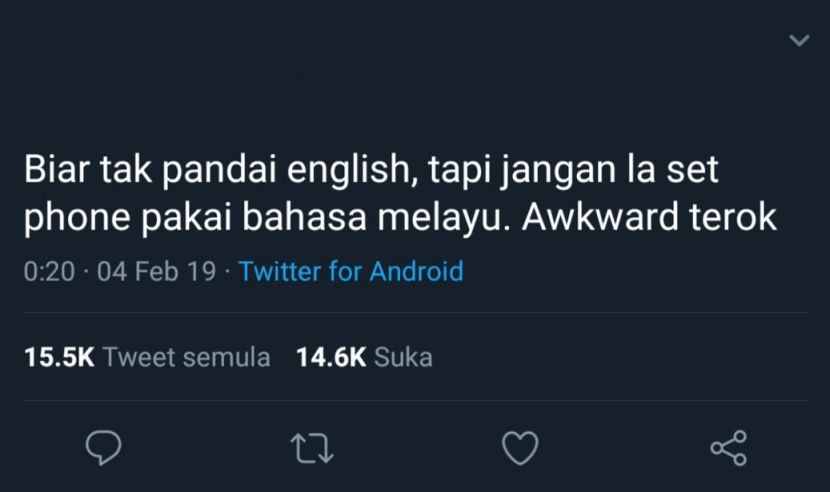Understanding "Setting" in Malay: A Comprehensive Guide
Have you ever stumbled upon the word "setting" and wondered about its equivalent in Malay? Understanding the nuances of translating "setting" (maksud setting dalam bahasa Melayu) can unlock a deeper appreciation for the Malay language and its rich cultural context.
The term "setting" can be tricky to translate directly into Malay as its meaning shifts depending on the context. It’s not a simple one-to-one translation. This article will delve into the various meanings of "setting" in Malay, exploring its usage in literature, technology, and everyday conversations.
In literature, "setting" refers to the time and place where a story unfolds. In Malay, this can be expressed as "latar," encompassing both "latar masa" (time setting) and "latar tempat" (place setting). This understanding is crucial for appreciating the backdrop against which characters interact and events transpire.
Beyond literature, "setting" can refer to configurations and adjustments, particularly in technology. In this context, "tetapan" is often the most appropriate Malay translation. Think of adjusting the "settings" on your phone – in Malay, you would adjust "tetapan" telefon anda.
Furthermore, in informal conversations, "setting" might be used to describe the arrangement or placement of something. In such cases, words like "susunan" or "kedudukan" could be suitable Malay equivalents. For example, arranging furniture (setting up furniture) might be translated as "menyusun perabot."
The historical evolution of the usage of "setting" and its Malay equivalents reflects the dynamic nature of language. As technology advanced and new concepts emerged, the need arose for corresponding terms in Malay, leading to adaptations and borrowings.
Understanding "setting" in Malay is important for effective communication and cultural sensitivity. Using the appropriate Malay equivalent ensures clarity and avoids misinterpretations.
One benefit of understanding the Malay equivalents of "setting" is enhanced comprehension of Malay literature. Accurately grasping the "latar" of a story allows readers to fully immerse themselves in the narrative.
Another benefit is improved communication in technical contexts. Using the correct term, like "tetapan," ensures precise instructions and avoids confusion when discussing technology.
Finally, mastering the different translations of "setting" facilitates smoother everyday conversations. Being able to accurately describe arrangements and placements fosters clearer understanding between speakers.
Advantages and Disadvantages of Direct Translation
| Aspect | Advantage | Disadvantage |
|---|---|---|
| Clarity | Sometimes provides a quick, understandable equivalent | Often loses nuanced meaning and cultural context |
Best Practices for Using "Setting" in Malay:
1. Consider the context: Is it literary, technical, or conversational?
2. Choose the most appropriate Malay equivalent: "latar," "tetapan," "susunan," or "kedudukan."
3. Consult a dictionary or native speaker if unsure.
4. Pay attention to nuances in meaning.
5. Practice using the different terms in various situations.
FAQ:
1. What is the most common Malay translation for "setting"? It depends on the context.
2. Is "setting" always translated as "latar"? No, only in literary contexts regarding time and place.
3. What about "setting" in technology? "Tetapan" is usually the best choice.
4. Can I use "setting" directly in Malay? It's better to use the appropriate Malay equivalent.
5. Where can I learn more about Malay vocabulary? Online dictionaries and language learning resources are helpful.
6. What’s the difference between "latar" and "tetapan"? "Latar" refers to the setting of a story, while "tetapan" refers to configurations.
7. Can you give an example of "kedudukan" used in a sentence? "Kedudukan meja itu di sudut bilik." (The table's setting is in the corner of the room.)
8. Is there a single word in Malay that encompasses all meanings of "setting"? No, the best translation depends on the specific context.
Tips and Tricks: Immersing yourself in Malay media, like books and movies, can improve your understanding of the nuances of the language, including the various ways to express the concept of "setting."
In conclusion, understanding the meaning of "setting" (maksud setting dalam bahasa Melayu) is crucial for effective communication in Malay. By recognizing the contextual nuances and choosing the appropriate translation – whether it's "latar," "tetapan," "susunan," or "kedudukan" – you can navigate conversations, appreciate literature, and engage with technology more effectively. Taking the time to learn these subtleties enriches your understanding of the Malay language and demonstrates respect for its cultural richness. Continue exploring the diverse meanings of words like "setting" to unlock a deeper appreciation for the intricacies of language and cross-cultural communication. This will not only improve your Malay language skills but also foster stronger connections with Malay speakers and their culture. So, continue learning and exploring the beauty of the Malay language!
Unlocking the charm of pixel sonic pfp art
Sherwin williams modern white a comprehensive review
From seeds to swatches behr paints colorful journey














